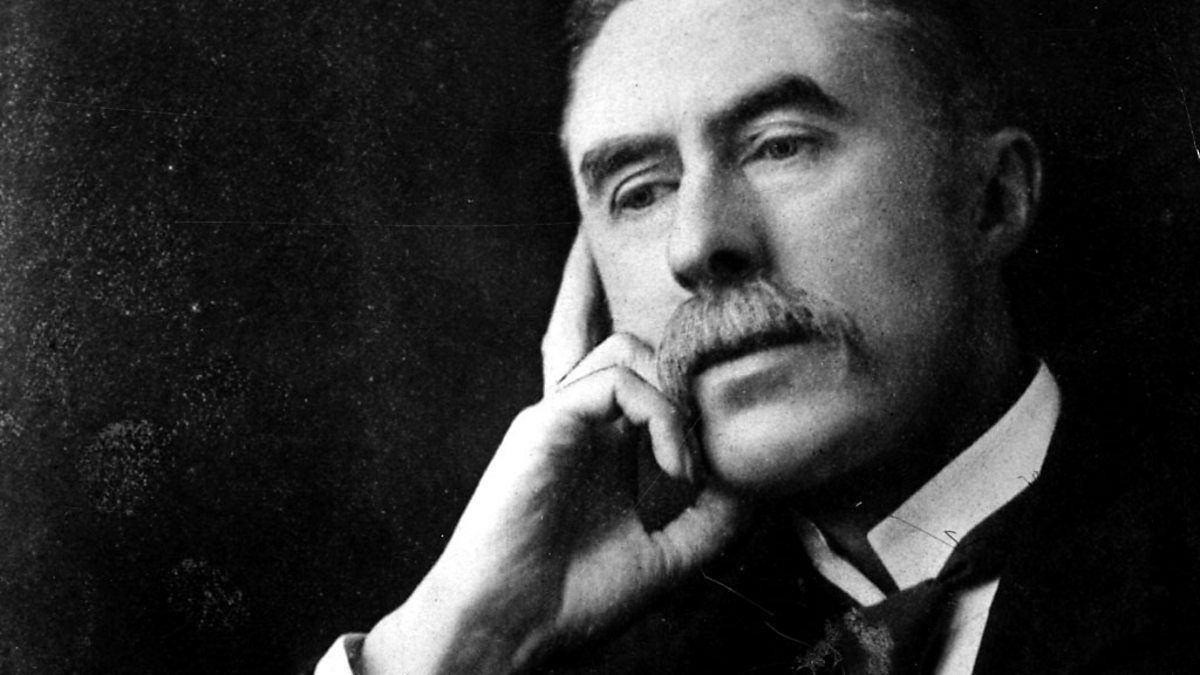* Open
* Notes: Refreshment on the language of comparison:
"The ice was all around:
It cracked and growled, and roared and howled"
- This is a metaphor. The ice is given animalistic attributes. This is not a simile because it equates directly (ice is beastly; a simile would say the ice was like a beast, growling, etc.). It is not personification because the ice is not given human qualities (it has animal qualities).
"Day after day, day after day,
We stuck, nor breath nor motion;
As idle as a painted ship upon a painted ocean."
- The ship is compared to a painting (not a person) but is not a painting. "Like" or "as" is used to create subtle distance. This is a simile.
"The Sun came up upon the left,
Out of the sea came he!
And he shone bright, and on the right
Went down into the sea."
- The sun is compared to a man but still functions as the sun itself. It is not a man. This is personification.
"Her lips were red, her looks were free,
Her locks were yellow as gold:
Her skin was white as leprosy,
The Nightmare Life-in-Death was she,
Who thicks man's blood with cold."
- The state of Life-in-Death or living dead actually shows up as a living person. She and Death (her crew-member on the ghastly galleon) are examples of anthropomorphism.
* AP Only
- In "Mirror" (pg. 749) we see a complexity that will allow for anthropomorphism or personification. Why? Well, the speaker (mirror) begins with the "I" and acts in way one would expect from anthropomorphism; however, the second stanza breaks or morphs the idea into a new figure (a lake). This subverts a stable identification of self-reflection with a specific person/character/thing (mirror or lake), considering possibilities in each, reminding the reader that there is no necessary person in the mirror (beside, ironically, the young lady) justifying personification or, if you would use your rhetoric from last year, prosopoeia. In an AP environment, any of the three would be admissible.
*
The Rime of the Ancient Mariner
HW: Finish reading/listening to The Rime of the Ancient Mariner
Rime of the Ancient Mariner Journal due Tomorrow:
- Describe the speakers in the poem.
- What is the central purpose of this poem?
- Explain five intellectually significant similarities between Rime of the Ancient Mariner and The Tempest.












